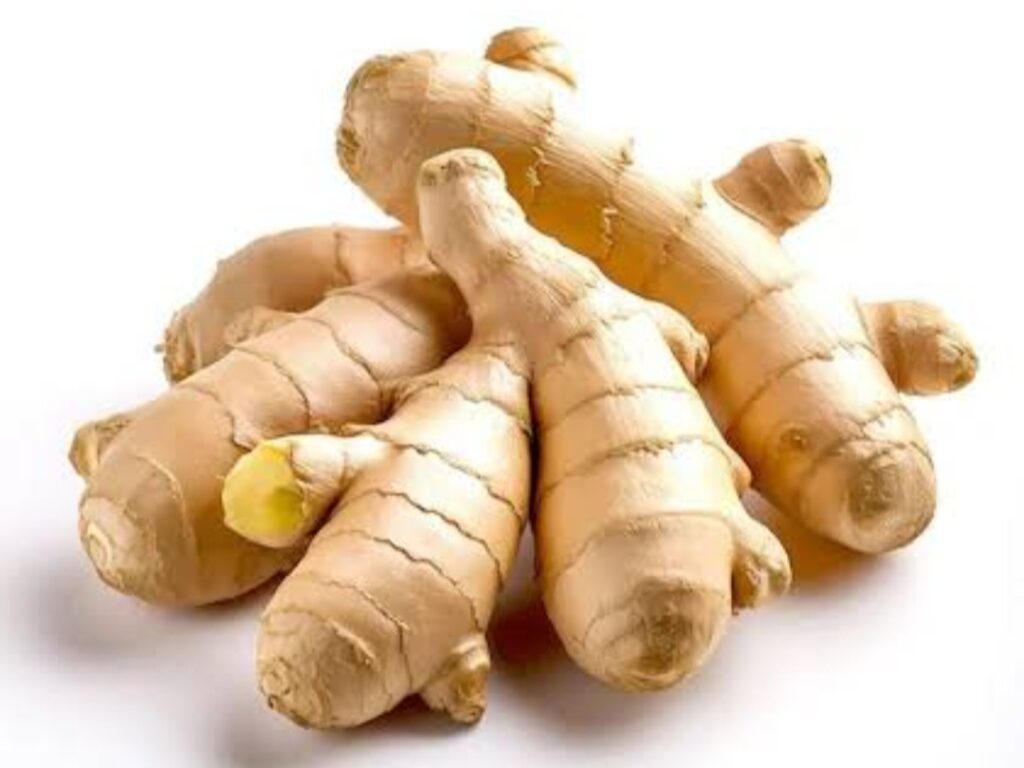
Ginger (Zingiber officinale) is a flowering plant belonging to the family Zingiberaceae. Other plants in this family includes: turmeric (Curcuma longa), cardamom (Elettaria cardamomum), galangal, myoga (Zingiber mioga), fingerroot (Boesenbergia rotunda), and the bitter ginger (Zingiber zerumbet) etc.
Ginger is called by different names in different countries.
In Myanmar for example, ginger is called gyin, in Thailand’, it is called ขิง khing, in Malaysia, ginger is called halia, in Philippines, ginger is called luya etc.
Ginger is a popular spice, a medicinal herb for commercial and other purposes. It possesses a root called rhizome, ginger root or ginger, which is an important part of the ginger plant widely used as a spice and a folk medicine.
Ginger originated in Maritime Southeast Asia and was likely domesticated first by the Austronesian peoples. It was transported with them throughout the Indo-Pacific during the Austronesian expansion (c. 5,000 BP), reaching as far as Hawaii. Ginger is one of the first spices to have been exported from Asia, arriving in Europe with the spice trade, and was used by ancient Greeks and Romans. The distantly related dicots in the genus Asarum are commonly called wild ginger because of their similar taste.
The world producer of ginger is india. It has now being grown in other parts of the world. In 2020, statistics provide that the world production of ginger was 4.3 million tonnes, with India producing 43% of the world total. Other countries like Nigeria, China, and Nepal also had substantial production.
Ginger is a medicinal plant that contains active ingredients like gingerol, zingerone, gingerdiol, zingibrene, and shogaols. It’s also a source of vitamins, minerals, and other nutrients. Medicinal plants like ginger can be a safe alternative to antibiotics and can support animal health, improve growth and performance, reduce stress etc in livestock production.
DESCRIPTION OF GINGER PLANT
The ginger plant is an herbaceous perennial that grows annual pseudostems (false stems made of the rolled bases of leaves) about one meter tall, bearing narrow leaf blades. The inflorescences bear flowers having pale yellow petals with purple edges, and arise directly from the rhizome on separate shoots. The rhizome is major part consumed by man and use for propagation.
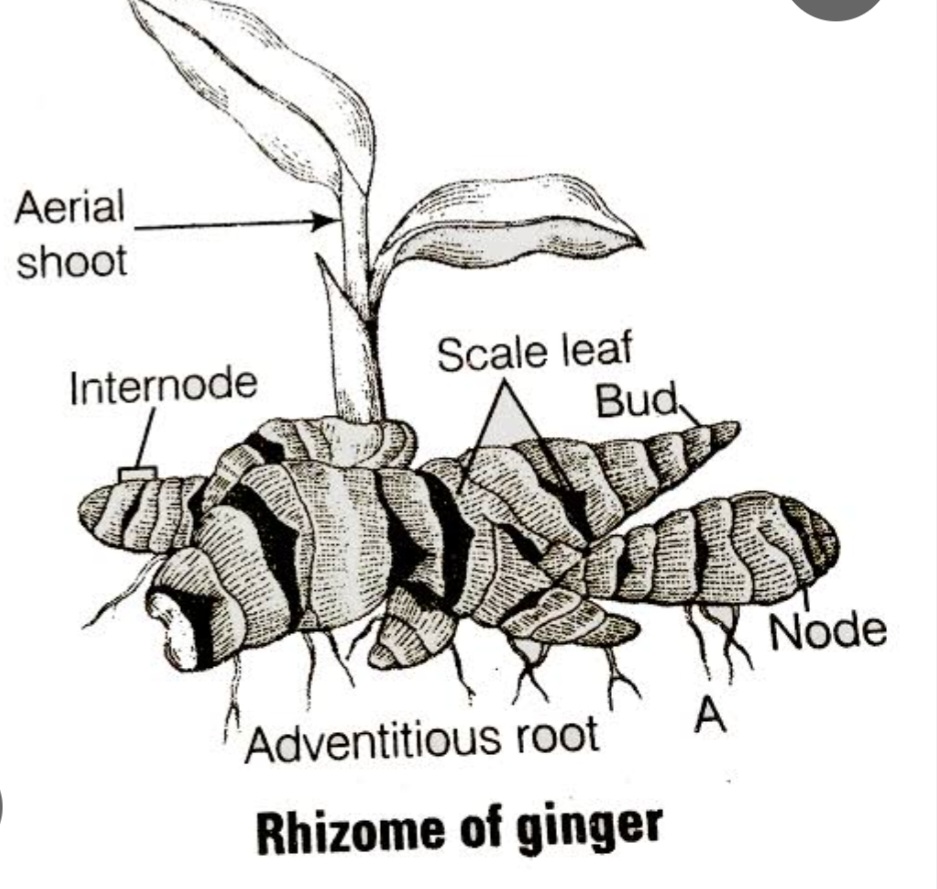
BENEFITS OF GINGER
The most important part of the ginger plant is the rhizome or ginger roots or ginger.
1. It is used in traditional medicine in places like China, India and Japan for centuries, and as a dietary supplement.
2. Ginger can be used for a variety of food items such as vegetables, candy, soda, pickles, and alcoholic beverages.
3. Ginger is a spice with fragrant aroma which makes it appealing to taste.
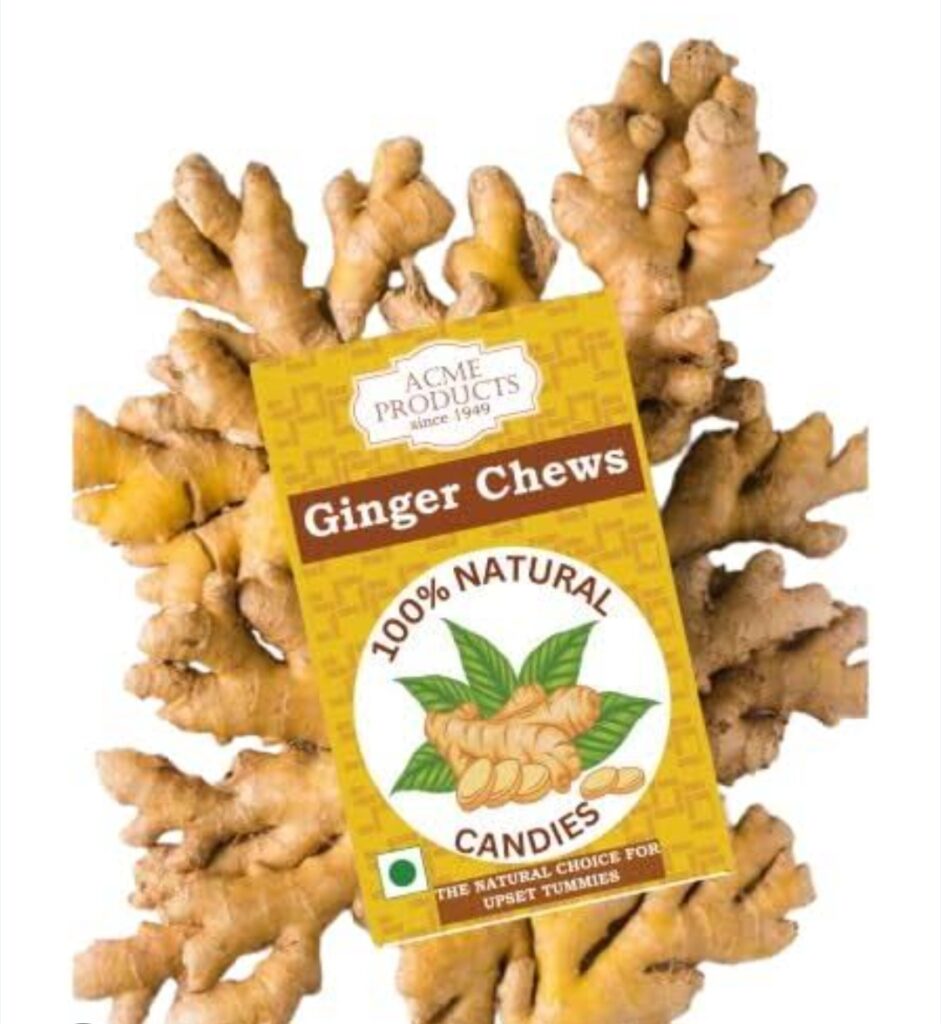
4. Young ginger rhizomes are juicy and fleshy with a mild taste. They are often pickled in vinegar or sherry as a snack or cooked as an ingredient in many dishes.
5. The young ginger can be steeped in boiling water to make ginger herb tea, to which honey may be added.
6. In Indian cuisine, ginger is a key ingredient, especially in thicker gravies, as well as in many other dishes of vegetarian and meat-based dishes.
7. Ginger is an ingredient in traditional Ayurvedic medicine.
8. It is an ingredient in traditional Indian drinks, both cold and hot, including spiced masala chai.
9. Fresh ginger is used in making spices such as pulse and lentil curries and other vegetable preparations.
10. Fresh ginger together with peeled garlic and cloves are crushed or ground to form ginger garlic masala.
11. Fresh, as well as dried, ginger is used to spice tea and coffee, especially in winter.
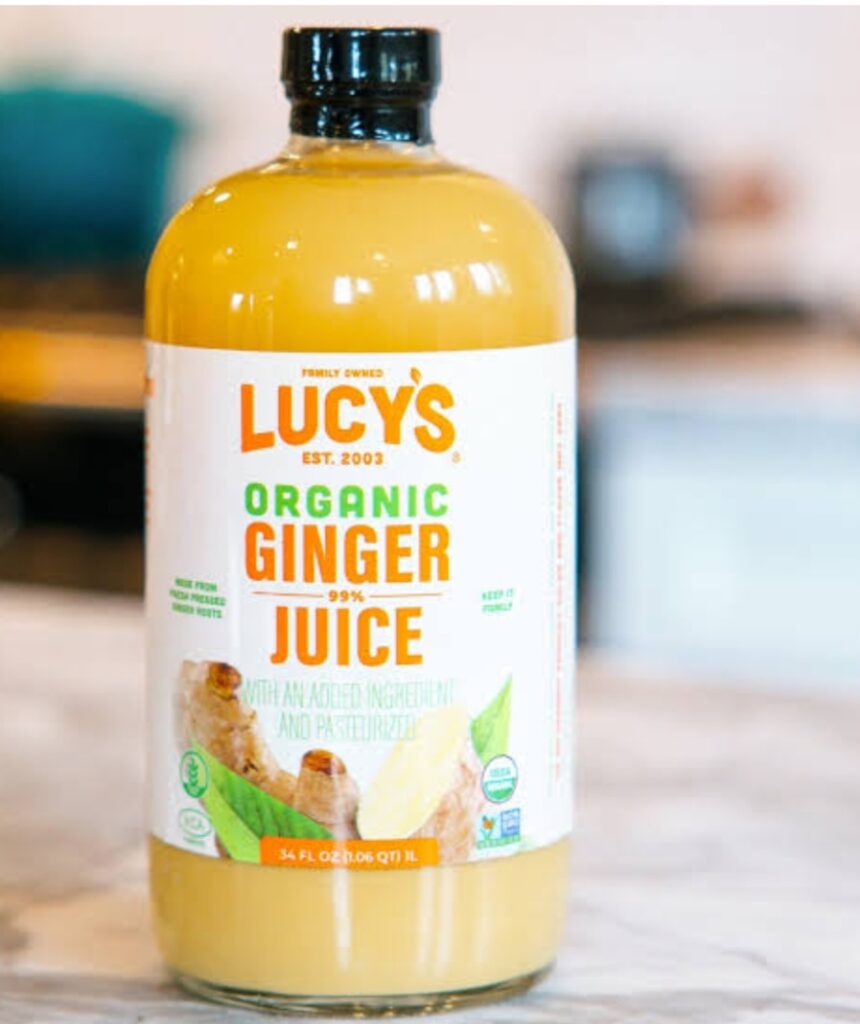
12. In south India, “sambharam” is a summer yogurt drink made with ginger, a key ingredient, along with green chillies, salt and curry leaves.
13. Ginger powder is used in food preparations intended primarily for pregnant or nursing women, the most popular one being katlu, which is a mixture of gum resin, ghee, nuts, and sugar.
14. Ginger is also consumed in candied and pickled form. In Japan, ginger is pickled to make beni shōga and gari or grated and used raw on tofu or noodles. It is made into a candy called shoga no sato zuke.
15. In the traditional Korean kimchi, ginger is either finely minced or just juiced to avoid the fibrous texture and added to the ingredients of the spicy paste just before the fermenting process.
16. In Myanmar, ginger is called gyin, a main ingredient in traditional medicines. It is also consumed as a salad dish called gyin-thot, which consists of shredded ginger preserved in oil, with a variety of nuts and seeds.
17. In Thailand’ where it is called ขิง khing, it is used to make a ginger garlic paste in cooking.
18. In Indonesia, a beverage called wedang jahe is made from ginger and palm sugar. Indonesians also use ground ginger root, called jahe, as a common ingredient in local recipes.
19. In Malaysia, ginger is called halia and used in many kinds of dishes, especially soups.
20. Called luya in the Philippines, ginger is a common ingredient in local dishes and is brewed as a tea called salabat.
21. In Vietnam, the fresh leaves, finely chopped, can be added to shrimp-and-yam soup (canh khoai mỡ) as a top garnish and spice to add a much subtler flavor of ginger than the chopped root.
22. In China, sliced or whole ginger root is often paired with savory dishes such as fish, and chopped ginger root is commonly paired with meat, when it is cooked.
23. Raw ginger juice can be used to set milk and make a dessert, ginger milk curd.
24. In the Caribbean, ginger is a popular spice for cooking and for making drinks such as sorrel, a drink made during the Christmas season.
25. Jamaicans make ginger beer both as a carbonated beverage and also fresh in their homes.
26. In Western cuisine, ginger is traditionally used mainly in sweet foods such as ginger ale, gingerbread, ginger snaps, parkin, and speculaas.
27. A ginger-flavored liqueur called Canton is produced in Jarnac, France. Ginger wine is a ginger-flavoured wine produced in the United Kingdom, traditionally sold in a green glass bottle.
28. Ginger is also used as a spice added to hot coffee and tea.
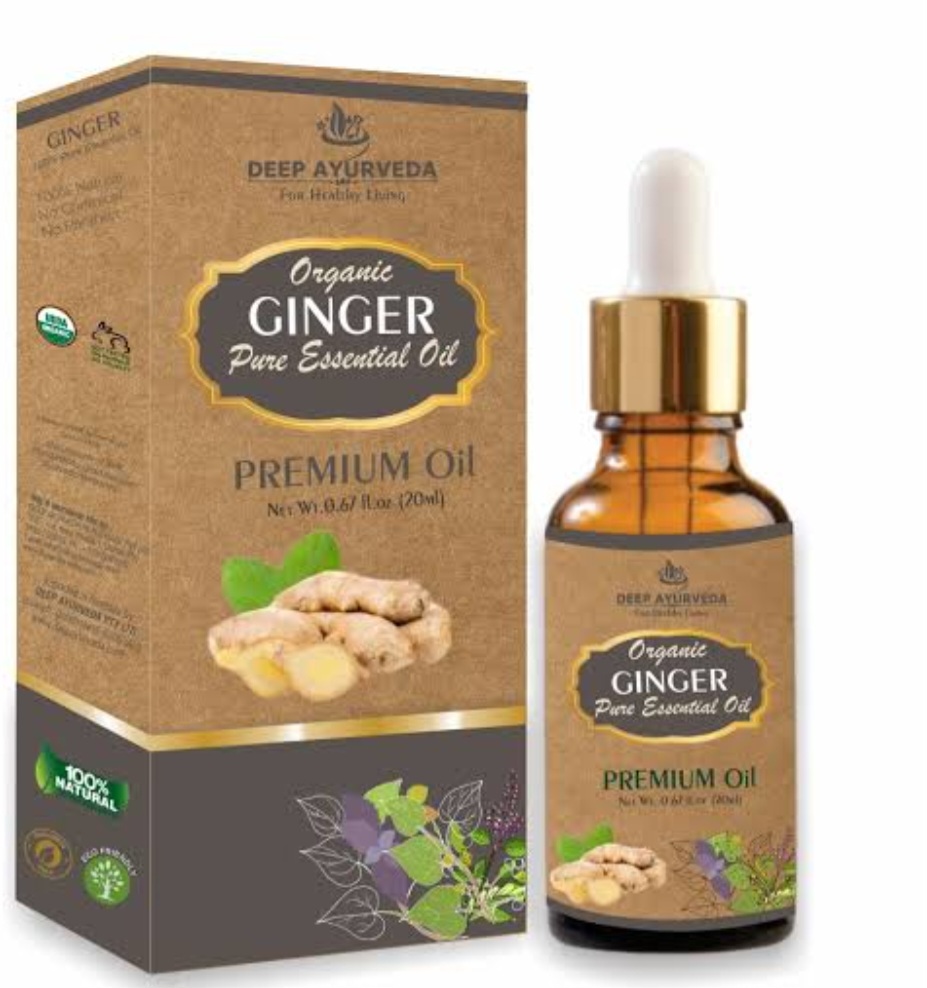
29. On the island of Corfu, Greece, a traditional drink called τσιτσιμπύρα (tsitsibira), a type of ginger beer, is made. The people of Corfu and the rest of the Ionian islands adopted the drink from the British, during the period of the United States of the Ionian
30. Ginger can be made into candy or ginger wine.
Ginger is also considered safe in livestock feed. It is an important feed additive for livestock because of its many health benefits, which include:
31. ANTIBACTERIAL PROPERTIES: Ginger can be used as an alternative to antibiotics in livestock and aquaculture feeds. It is a natural alternative to antibiotics that can increase the growth and productive efficiency of poultry, ruminant, and aquaculture. Apart from its natural antibacterial properties, it is also have natural antifungal properties, which can be help maintain a healthy skin and coat. This can be particularly beneficial for animals prone to skin allergies.
32. IMPROVED APPETITE: Ginger can improve the palatability of feed and increase appetite.
33. INCREASED SERUM TOTAL PROTEIN LEVELS: Ginger can increase serum total protein levels. Also, studies has reported that ethanolic extract of ginger significantly lowered serum total cholesterol and triglyceride levels and increased high-density lipoprotein (HDL) cholesterol levels, preventing tissue damage due to lipid peroxidation.
34. IMPROVED NUTRIENT ABSORPTION: Ginger can help with nutrient absorption. It is a natural feed additives that lower enteric pathogen microbial loads and improve nutrient digestion and absorption, which improve poultry production and broiler performance
35. INCREASED MILK PRODUCTION: Ginger can increase milk production in cattle by improving nutrient digestion and feed consumption. It can increase milk yield and the milk’s contents of protein, lactose, and solids not fat. For example, a study discovered that lactating red Sokoto breed in Nigeria fed a diet containing 250 g of ginger had a higher total milk yield of 360 liters.
36. POULTRY FEED ADDITIVES : Plant-derived additives used in animal feed to improve production performance are known as phytogenic feed additives. Ginger is one of such additive. As a natural feed additive, ginger is beneficial and valuable in poultry nutrition, especially for broilers. It is a natural antibacterial, anti-inflammatory, antioxidant, antiseptic, antiparasitic, and it also has immunomodulatory properties beneficial to the birds.
37. IMPROVED DIGESTIVE ENZYME ACTIVITIES: Ginger can enhance digestive enzyme activities. It’s volatile oil affects ruminal fermentation and feed digestion. It can also increase the synthesis of bile acids in the liver, which improves lipid digestion and absorption.
38. REDUCED STRESS CONDITIONS: Ginger can help reduce stress conditions in livestock in the following ways:
Ginger contains antioxidants that can help neutralize free radicals and oxidative stress. It also contain gingerols which are bioactive compounds that can help reduce oxidative stress caused by heavy metals, mycotoxins, and aging.
Ginger can also help reduce stress conditions by increasing serum total protein levels. And lastly, it can improve growth performance in livestock, including broilers and rabbits.
39. IMPROVES IMMUNITY AGAINST POULTRY DISEASES: Studies had proven that ginger in chicken feed enhances immunity against Newcastle disease and bacterial bursal infections.
PRODUCTION
Ginger has the ability to grow in a wide variety of land types and areas, however is best produced when grown in a warm, humid environment, at an elevation between 300 and 900 m (1,000 and 3,000 ft).
To start a ginger farm, the following steps must be taken:
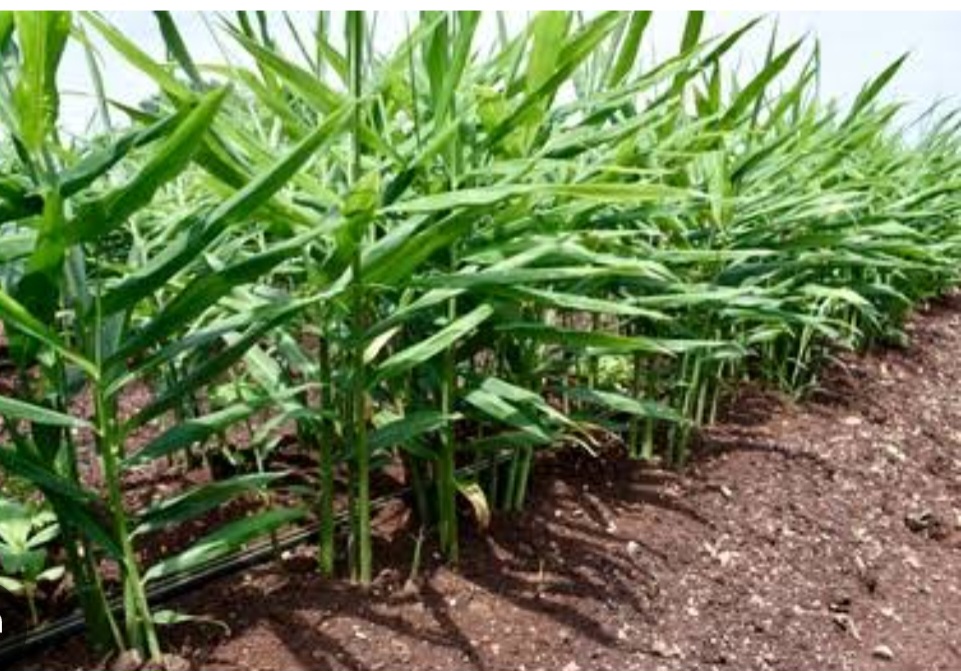
SITE SELECTION; The area must have well-drained soil with good sunlight.
CLIMATIC CONDITION: Ginger prefer warm humid condition and thrive in temperature between 25-30°C. It also require a period of low rainfall prior to growing and well-distributed rainfall during growing period are also essential for the ginger to thrive well in the soil.
SOIL TYPE: Ginger grows best in well-drained, deep, and organic-rich soil with a pH between 6.0 and 6.5.
SOIL PREPARATION: The land should be prepared by clearing off all weeds, removing all debris and rocks. The soil should be loosened to
at least a depth of 30 cm. During this preparation, compost and manure can be incorporated into the soil to improve soil fertility.
PLANTING
Ginger is propagated from rhizomes which is the underground stem of the plant.
The size of the ginger rhizome is essential to the production of ginger. The larger the rhizome piece, the faster ginger will be produced and therefore the faster it will be sold onto the market. Prior to planting the seed rhizomes, farmers are required to treat the seeds to prevent pests, and rhizome rot and other seed-borne diseases. Various ways Indian farmers do seed treatment include dipping the seeds in cow dung emulsion, smoking the seeds before storage, and hot water treatment.
After seeds treatment, the prepared soil should be thoroughly dug or ploughed by the farmer to break up and loosen the soil. Water channels should be made 60–80 feet (18–24 m) apart to irrigate the crop.
The next step is planting the treated ginger seeds. The rhizome should be irrigated to keep it moist and then planted. Planting is usually done between March and April or March and June in some places as these months account for the beginning of the monsoon, or rainy season.
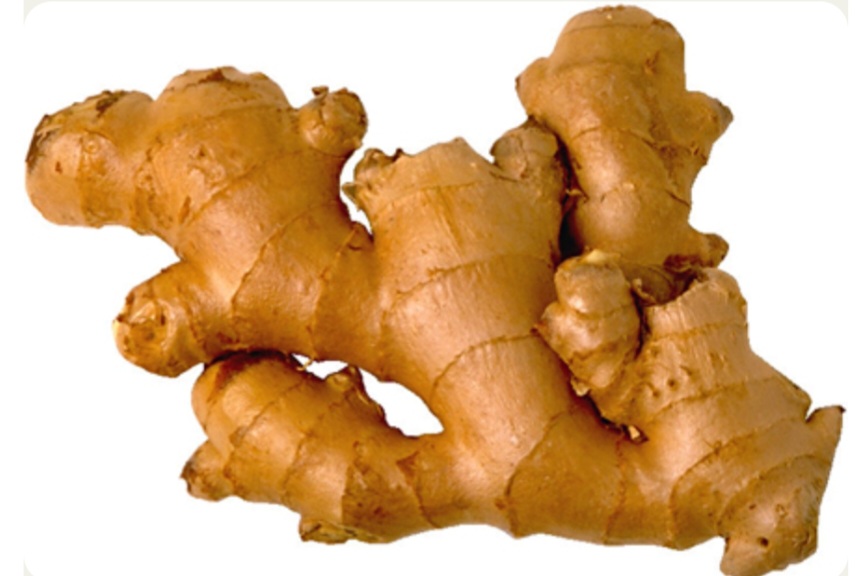
SPACING: Healthy Rhizomes should be selected, treated and planted. The seeds should be planted at a spacing of 20-30cm apart ad 5-10cm deep.
MULCHING: Once the planting is done, the crop should be mulched to conserve moisture and check weed growth, as well as check surface run-off to conserve soil moisture. Mulching is done by applying mulch (green leaves for example) to the plant beds directly after planting and again 45 and 90 days into growth.
HILLING: After mulching comes hilling, which is the stirring and breaking up of soil to check weed growth, break the firmness of the soil from rain, and conserve soil moisture.
IRRIGATION: Ginger needs regular watering especially during the first few months of growth.
If rain is low like in some regions, then ensure that the ginger crops receive supplemental irrigation. Avoid overwtering as this can cause root rot. The mulch can help conserve soil moisture.
FERTILIZER APPLICATION: Fertilizers should be applied according to soil test result and recommendation. Ginger requires moderate to high level of nitrogen, phosphorus and potassium.
PESTS AND DISEASES OF GINGER
Ginger plants are susceptible to many pests and diseases.
DISEASES: Some of the diseases include:
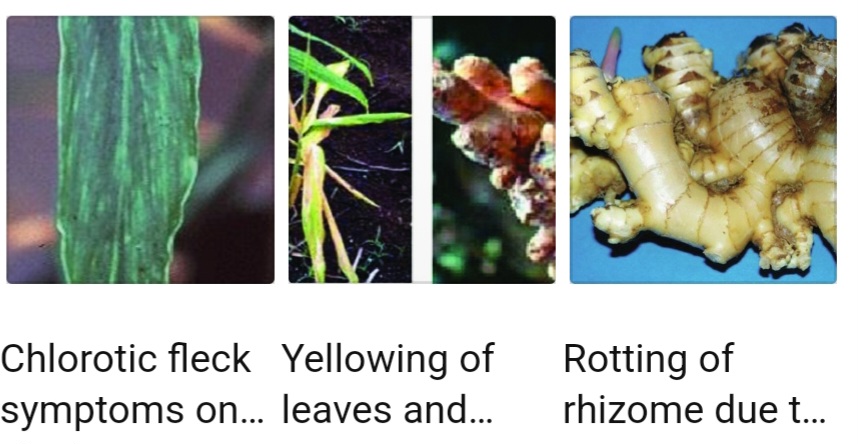
1. SOFT ROT OR RHIZOME ROT: This fungal disease is caused by eleven species of Pythium. Among the 11 species, P. myriotylum and P. aphanidermatum cause severe damage in warm climates. Fusarium is another fungus reported to cause soft rot of ginger. When the disease infect the ginger plant, it prevalent in the crop throughout the growing period. The sprouts, roots, developing rhizome and collar region of the pseudo stem are the major parts highly prone to the infection. Symptoms first appear on the aerial parts of the plant. Pathogen form watery and brown lesions in the collar region of the pseudo stem. Later the lesion enlarges, coalesce and cause the stem to rot and collapse. In the old leaves, initially, yellowing (chlorosis) symptoms appear in the tips,
causing the leaves to turn yellow, rhizomes to rot, and a foul odour is produced. It thrives in waterlogged conditions.
2. BACTERIAL WILT: This disease is a major production constraint in tropical, subtropical, and warm temperate regions. It is a bacteria infection caused by agent Ralstonia solanacearum Yabuuchi. It spreads quickly in favorable environmental conditions. Symptoms include, initial water soaked patches or linear streaks appearing at the collar region of the pseudo stem and then progresses both upwards and downwards. The pseudo stems from the infected plant can be easily separated with a gentle pull and can be broken off at the base. Mild drooping and curling of leaf margins of lower leaf is the first prominent symptom occurred after the infection, then the infection spread upwards later. Yellowing starts from the lower-most leaves which gradually progresses upwards. In the advanced stage, infected ginger exhibit intense yellowish and wilting symptom
3. PHYLLOSTICTA LEAF SPOT: This is a fungal disease that affects ginger. The causative organism is Phyllosticta zingiberi. The young leaves will show symptoms of small spindle to oval to elongated spots size appearance. Later, the spots developed as white papery center and dark brown margins surrounded by yellow halos. The spots increase in size and coalesce to form larger lesions which lead to the reduction of effective photosynthetic area on the leaves. The affected leaves become shredded and may suffer extensive desiccation.
4. MOSAIC: This is a viral disease caused by Ginger mosaic virus. The virus is transmitted by insect vectors such as Myzus persicae, M. certus, M. humuli, Macrosiphum euphorbiae and Rhopalosiphum insertum.
The symptoms appear with yellowish and dark-green mosaic on leaves of ginger
in the early stage and stunted of leaves and rhizomes at the late stage of infection. Infection of this virus on ginger causes severe reduction of rhizome yield.
PROTECTION: Hot water and hot air treatment of the rhizome.
5. YELLOWS/WET ROT:
Yellows disease is serious problems of ginger causes stem and rhizome rot. The causative agent is Fusarium oxysporum f.sp. zingiberi Trujillo. It is wide spread and prevailed in warm and humid environmental conditions.
Symptoms: Yellowing colouration of leaves. This starts on the margins of the lower leaves which gradually spreads and cover the entire leaves. Later, the yellowing diffuse to older leaves. Old leaves dry first and then younger leaves. The affected plants wilt and dry up but do not fall on the ground in contrast to soft rot and bacterial wilt
CONTROL AND PROTECTION
- Physical method
- Chemical method
- Biological method.
- cultural method. And
- integrated method of disease control
PESTS
Some of the pests include:
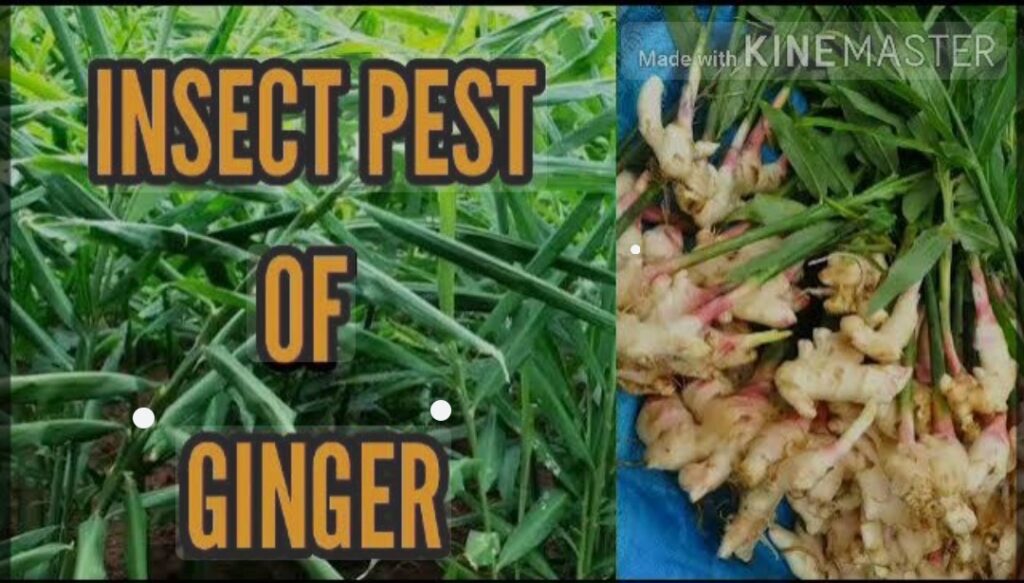
1. ROOT KNOT NEMATODE: This disease causes warts to grow on the roots and rhizome, damage to root, the absorption function is affected, slow growth, small leaves, dark green leaves, short stems, small branches, generally shorter than the normal plant about 50% and can lead to plant death.
2. CHINESE ROSE BEETLES: These beetles are attracted to dim light and repelled by bright light. Shining bright light on plants may help deter them.
3. RODENTS: These animals can damage the ginger crop by making burrows in the fields.
4. GRAZING ANIMALS: These animals, such as monkeys, buffaloes, and wild boar, can destroy the ginger cultivation by grazing or trampling over it.
5. RHIZOME SCALE: This scale insect sucks juice from the rhizome, causing wilting and plant death.
6. APHIDS : Adult aphids, including wakame aphids, pose a threat to various parts of the plant such as leaves, buds, and other young organs. They extract significant amounts of sap nutrients, leading to malnutrition in plants.
Others include: Mites, moths, mesquite, thrips and Podoconiosis commonly known as ginger borer or corn borer etc.
GENERAL CONTROL OF GINGER PESTS
a. Maintain hygiene and regularly inspect of ginger farm.
b. Spray insecticides
c. Remove borers and destroy the caterpillar by splitting the affected shoot in half.
d. Seed treatment
e. Early planting.
f. Apply trichoderma
g. Use of biocontrol agents during planting. etc.
HARVESTING
This is the final farming stage for ginger. Ginger is harvested when the leaves turn yellow and dry up. It get fully matured at 8-10 months after planting. When the rhizome is planted for products such as vegetable, soda, and candy, harvesting should be done between four and five months of planting, whereas when the rhizome is planted for products such as dried ginger or ginger oil, harvesting must be done eight to ten months after planting.
To harvest, carefully dig up the rhizomes, remove the leaves and stem. Rinse the rhizomes in clean water and dry them in the sun for several days.
PROCESSING AND MARKETING
Ginger can be sold fresh, dried or grounded to produce ginger powder, oil and candy.
Dry ginger is one of the most popular forms of ginger in commerce. After harvesting the rhizomes at full maturity (8–10 months). Soak them in water, scraped off the outer skin with a bamboo splinter or wooden knife by hand. This is too delicate a process to be done by machinery. Then dry in the sun for several days. The whole dried rhizomes can be ground for consumption. Fresh ginger on the other hand does not need further processing after harvest, and it is harvested much younger
ADVERSE EFFECTS OF CONSUMING GINGER
Although generally recognized as safe,
1. Ginger can cause heartburn and other side effects, particularly if taken in powdered form.
2 It may adversely affect individuals with gallstones,
3. It may interfere with the effects of anticoagulants, such as warfarin or aspirin, and other prescription drugs.
4. Asarum canadense, also known as “wild ginger”, a native species of eastern North America, produce roots with similar aromatic properties like true ginger. The plant contains aristolochic acid, a carcinogenic compound that causes seroius adverse effect on human. The United States Food and Drug Administration warns that consumption of aristolochic acid-containing products is associated with “permanent kidney damage, sometimes resulting in kidney failure that has required kidney dialysis or kidney transplantation.
5. In addition, some patients have developed certain types of cancers, most often occurring in the urinary tract when they consume aristolochic acid.
6. Some people believe that ginger helps alleviate nausea and vomiting in pregnant women due to its hot taste. But there is no concrete evidence associated with these properties of ginger in relation to pregnancy or chemotherapy, and its safety has not been demonstrated.
7. It remains uncertain whether ginger is effective for treating any disease, and use of ginger as a drug has not been approved by the FDA ( The Food and Drug Administration ).
In conclusion, ginger is easy to grow and with proper care and management, it can be a profitable agricultural business and contribute to countries agricultural growth.
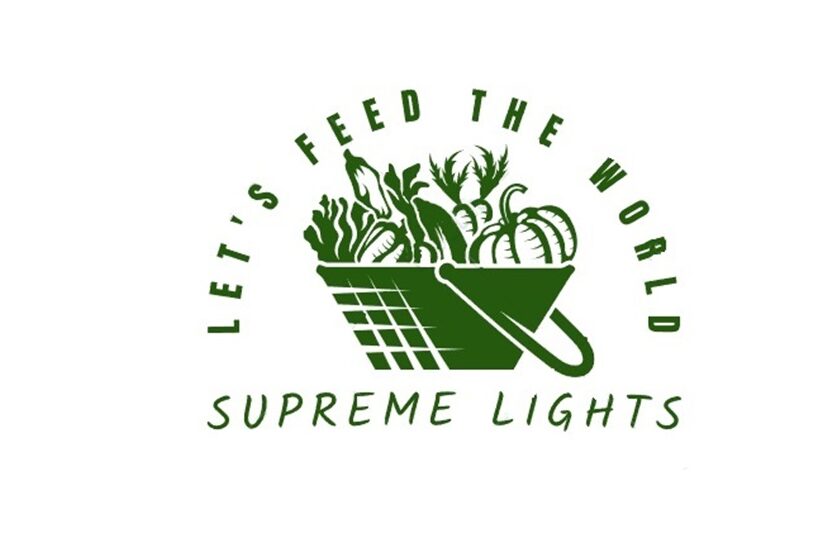
Pingback: My Homepage
Hi, thank you for visiting the website.
Supremelights will want to know if you have any aspect of agriculture you want her to address.
Thank you once again and keep visiting the website for new posts.
Bye